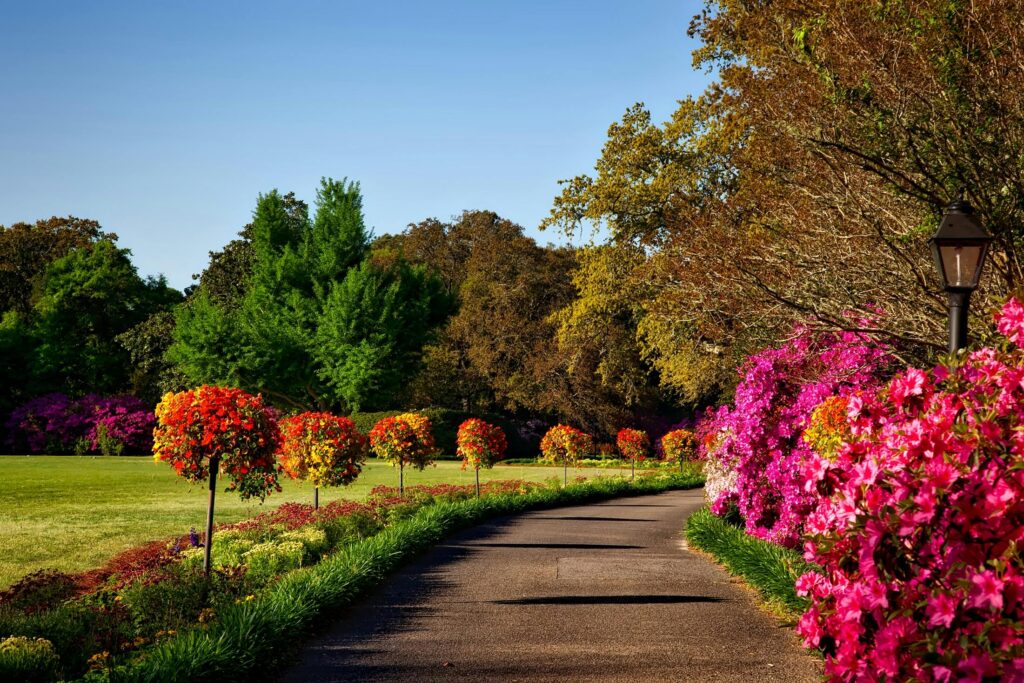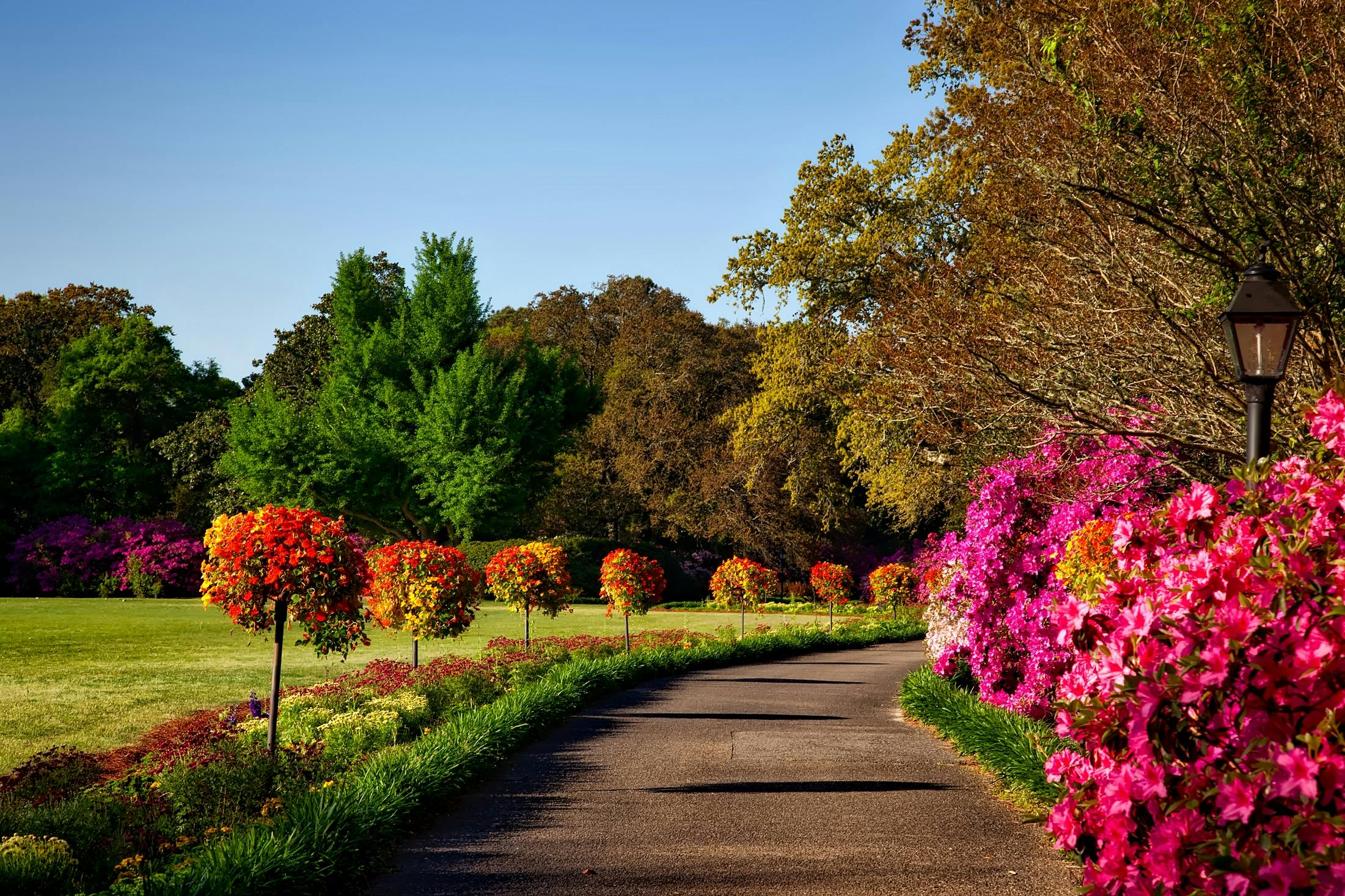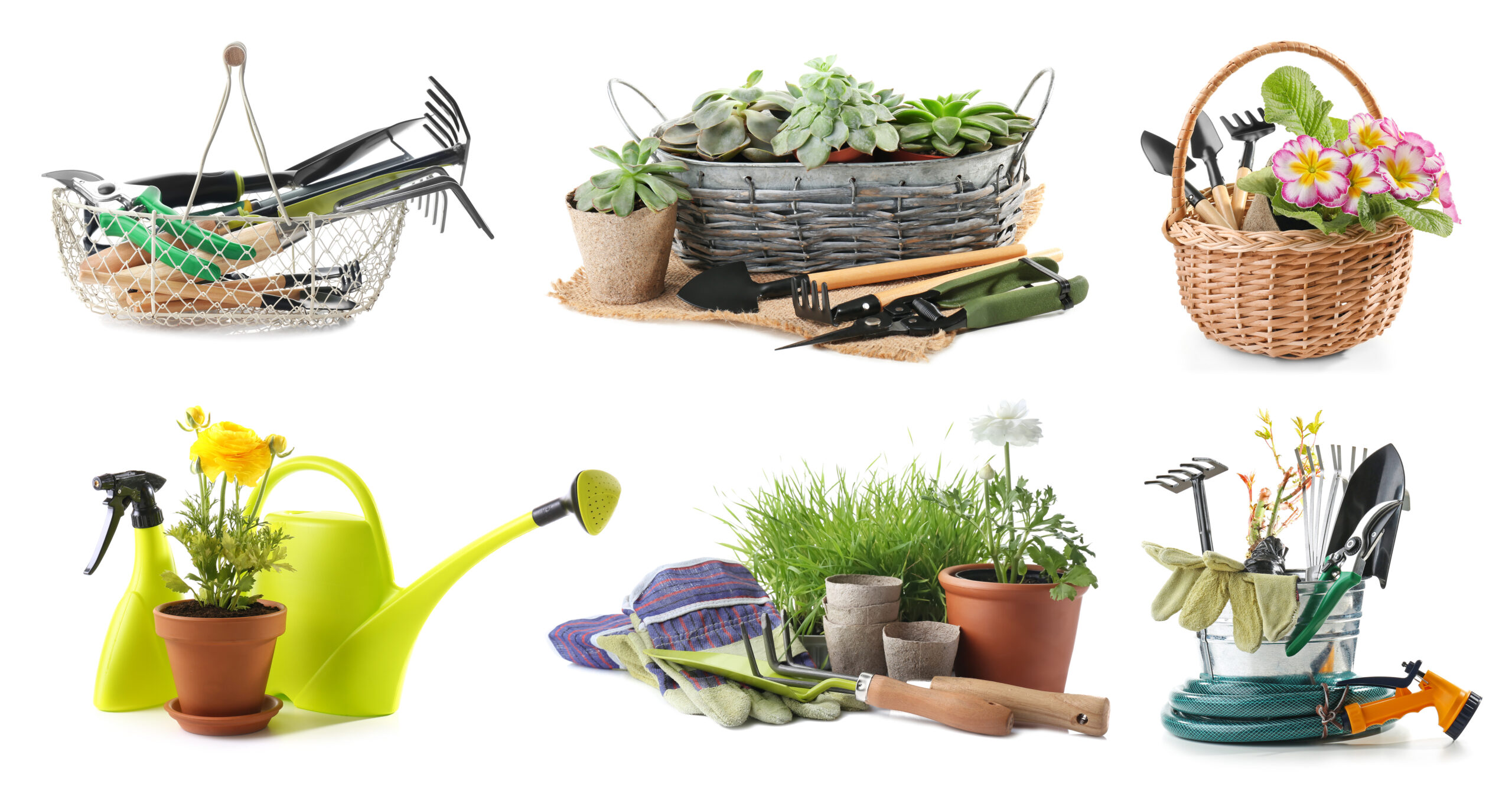
The Art of Extracting Colors from Plants
Creating plant-based dyes is a sustainable and satisfying way to use your garden’s bounty for more than just beautification or consumption. This age-old practice involves extracting colors from various parts of plants, such as leaves, roots, berries, and flowers, to create natural dyes. The process not only connects you with traditional crafting techniques but also opens up a world of possibilities for customizing textiles, papers, and other materials with personal and eco-friendly touches.
Selecting Plants for Dyeing
Many common garden plants can yield vibrant dyes, making the selection process both exciting and crucial. Marigolds, for example, produce a range of yellows and oranges, while red cabbage can create beautiful blues and purples. Beets offer deep red hues, and onion skins can produce golds and browns. Experimenting with different plants and parts of plants can yield surprising and delightful results, encouraging a deeper exploration of the colors your garden can provide.
Preparing Your Materials
Before dyeing, it’s essential to prepare your materials to ensure the dye adheres properly. This often involves mordanting the fabric, a process of treating the material with a substance that helps fix the dye to the fibers. Natural mordants like alum or iron sulfate are commonly used and can also affect the final color of the dye. This preparatory step is crucial for achieving vibrant, long-lasting colors on your chosen materials.
The Dyeing Process
The basic dyeing process involves simmering the plant material in water to extract the color, then straining out the plant parts to leave a colored dye bath. The prepared material is then submerged in the dye bath and left to soak until the desired color intensity is achieved. This process can be adapted and experimented with, such as altering the pH of the dye bath to change the color outcome or using different techniques like bundle dyeing for varied effects.
Exploring Color Variations
The colors obtained from plant-based dyes can vary greatly depending on several factors, including the type of plant, the part of the plant used, the time of harvest, and even the soil conditions in which the plant was grown. Experimenting with these variables can lead to a broad palette of colors from a single plant species. Documenting your experiments can help you refine your techniques and recreate your favorite shades.
Eco-Friendly and Sustainable Crafting
Using plant-based dyes aligns with eco-friendly and sustainable crafting principles. It utilizes renewable resources, reduces chemical use, and can even make use of plant materials that would otherwise be composted or discarded, like avocado pits or onion skins. This approach to dyeing not only lessens the environmental impact but also adds a layer of personal connection and meaning to the crafting process.
Creative Applications and Projects
The natural dyes you create can be used in a variety of creative projects, from dyeing yarn for knitting or crochet to customizing clothing, linens, or paper. Each project can be infused with the unique colors and stories of your garden, making them personal and meaningful. Whether you’re creating gifts, items for your home, or pieces for sale, the use of plant-based dyes adds a distinctive and appealing element to your creations.
Sharing the Craft
Part of the joy of working with plant-based dyes is sharing the process and results with others. Whether through workshops, social media, or crafting circles, teaching others about the possibilities of garden-derived dyes can inspire more sustainable practices and a deeper appreciation for the natural world. Sharing not only spreads knowledge but also fosters a sense of community around the craft.
Delving into the world of plant-based dyes opens up a realm of creativity and connection to nature, allowing you to transform garden plants into stunning, sustainable colors. This ancient craft not only enriches your own crafting practice but also encourages a more sustainable and thoughtful approach to materials, highlighting the beauty and versatility of the natural world.



